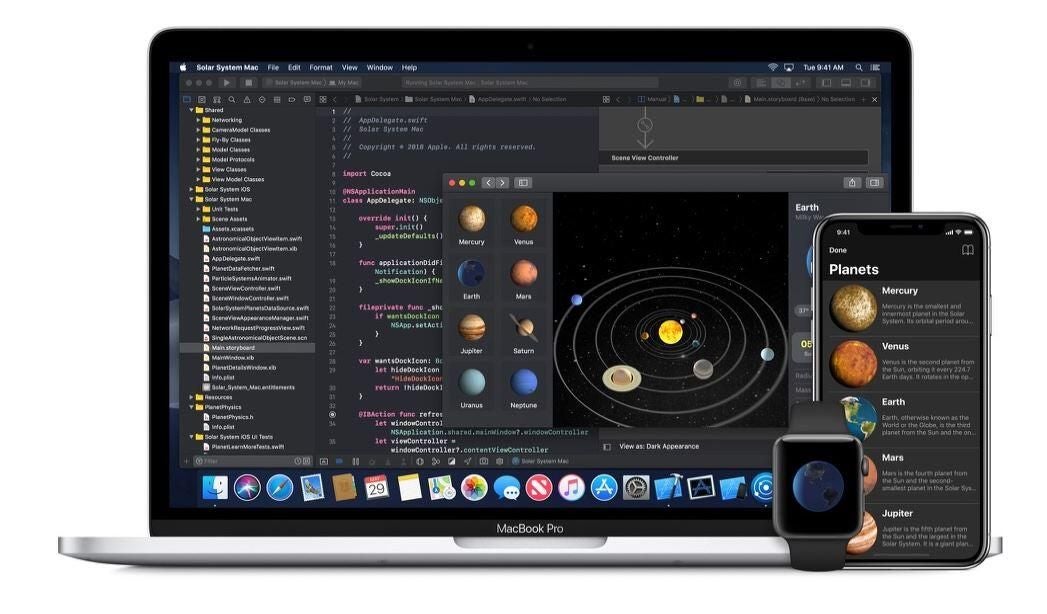Book Review
Traveling: following the path of Joni Mitchell
By Ann Powers
Dey Street Books: 448 pages, $35
If you buy books linked to on our site, The Times may earn a commission from Bookshop.org, whose fees support independent bookstores.
Last year, someone I was talking to snorted that an older, left-handed white woman we both know seemed like “the kind of person who goes to Joni Mitchell concerts.” She had just returned from a “Joni Jam” that the then 79-year-old Canadian-American singer-songwriter had perform with Brandi Carlile and a circle of musicians at the Gorge in Washington state, eight years after a brain aneurysm robbed him of his ability to talk and walk. Gathering with some 20,000 devotees under a pink sky at Mitchell's first live ticketed performance in more than 20 years is a night I consider a pinnacle life experience, and the snide remark that reduced the artist and her fans to a guy common and ordinary bothered me. But not having an intelligent response or the energy to respond, I kept my mouth shut.
Fortunately, Ann Powers’ book, “Travel: On the Journey of Joni Mitchell,” has prepared me for my next such encounter, both intellectually and energetically. Better than that, it has helped me understand my own fandom and the brilliant but flawed, identifiable but unknowable woman who inspires it. Powers writes about those who cruelly despise Mitchell, but he also describes the way some of Mitchell's fans have clung to the influential singer-songwriter over the years in a “suffocating embrace,” a kind of adoration that won't let go. receiver no room for maneuver. there is no room to breathe.
Author Ann Powers
(Emily April Allen)
By contrast, Powers, NPR's music critic and former LA Times critic, broached Mitchell's subject reluctantly. The author writes that “all the Joni worship scared me, frankly,” and an editor recruited her for the book. This makes Powers the perfect writer for her subject, and shows us a much more interesting way to look at Mitchell than the fan's suffocating embrace. Theirs is a relaxed embrace of the respect for the craft that comes from truly understanding what it takes to write a song like “Woodstock” or “A Case of You” or “Come in From the Cold,” as well as a healthy dose of skepticism. about the myth of Joni.
Mitchell is one of the few women of her era who were invited to the music world's club according to an unclear definition of genius, and Powers has the skills to explain exactly why she was, both through her virtuosic writings on Mitchell's musicality and creativity as well as through a sophisticated interrogation of the gender and race politics of the time. She shows us how we can love an artist like Mitchell and let her be human too, how we can understand her genius from (forgive me, Joni) both sides now.
For many Mitchell fans, the basic moments of her life are well known, from a decisive fight against polio in her childhood, to the daughter she gave birth to and gave up for adoption at age 21, to her romances with male muses. like Leonard Cohen and Graham Nash. as he traveled from Saskatoon, Canada, to Laurel Canyon and Greece. Powers takes us to those places with Mitchell, but finds a way to make the journey new, in part by elegantly interweaving her own story with Mitchell's, including their shared status as mothers in adoptive triads: Powers adopted a daughter.

Joni Mitchell in 1968, in a fashion shoot for Vogue.
(Jack Robinson/Hulton Archive via Getty Images)
Both women have resisted their male-dominated industry's attempts to pigeonhole them as female artists and metaphorical moms, and both have grappled, in their own ways, with what it means to be a “real” mother. Instead of looking for easy answers to questions about Mitchell's story of motherhood, Powers goes deeper by embracing every woman's essential fluidity on the subject of motherhood. “To ask if Joni Mitchell ever wanted to be a mother is to assume that she, like any woman, could only harbor one desire within her body at any given moment, much less over time,” she writes.
Powers is not a biographer, she states on page 2, she is a critic, and she never interviewed Mitchell for this book. That status frees her to write in a way that doesn't trade creative independence for access. This approach is especially useful when addressing Mitchell's uncomfortable history with race. Mitchell, a white songwriter who collaborated with black artists such as Charles Mingus and Herbie Hancock and who counted Stevie Wonder and Prince among her fans, took pride in crossing musical boundaries. But throughout her life and career she also made decisions that she finds embarrassing at best and racist at worst.
He seemed to think that his appreciation of black music allowed him to use the N-word in conversation and don blackface in a pimp-inspired character he created called Art Nouveau, a character he impersonated on the cover of his 1977 album. “Don Juan's Reckless.” Daughter.” She has never apologized or fully explained. Lesser writers would tread carefully here, quickly glossing over a topic that doesn't fit neatly into the laurel-gathering stage of Mitchell's career with a dismissal of “they were the '70s.” Or they could make Mitchell's cancellation the main focus of their book.

Singer Joni Mitchell sits under a fig tree in the yard of her home in Bel Air. She said a bird dropped a seed on the spot and the result was the fig tree.
(Genaro Molina / Los Angeles Times)
Instead, Powers does the hard work of exploring what motivated Mitchell and why he has so often gotten a pass on his judgment when it comes to the Art Nouveau character. The music industry's sister evils, sexism and racism, have something to do with Mitchell's adoption of this misguided muse. Powers enlists other thinkers to help her address the issue, such as Queens College scholar Miles Grier, and includes a transcript of her conversation that begins with the author confessing, “Miles, I really need help here.”
As a critic, Powers works in a field where confidently taking sides is the game, whether with a thumbs up or thumbs down. But she's especially insightful and fun to read when she gives herself and her readers permission to not know things. What a relief in this age of passionate intensity! It's also an appropriate approach for Mitchell and her work, which has always been about inquiry, about the journey to understanding ourselves and others, not about arriving at the moment when we finally have life completely figured out.
Reading Powers is like listening to one of Mitchell's signature open-tuned chords, an adaptation he developed due to the effects of polio in his left hand. The book, like the chord, is not clearly resolved: it raises sounding questions.
Rebecca Keegan is the senior film editor at The Hollywood Reporter, author of “The Futurist: The Life and Films of James Cameron“and co-author of”Young Frankenstein: The Story of the Making of the Film.“












